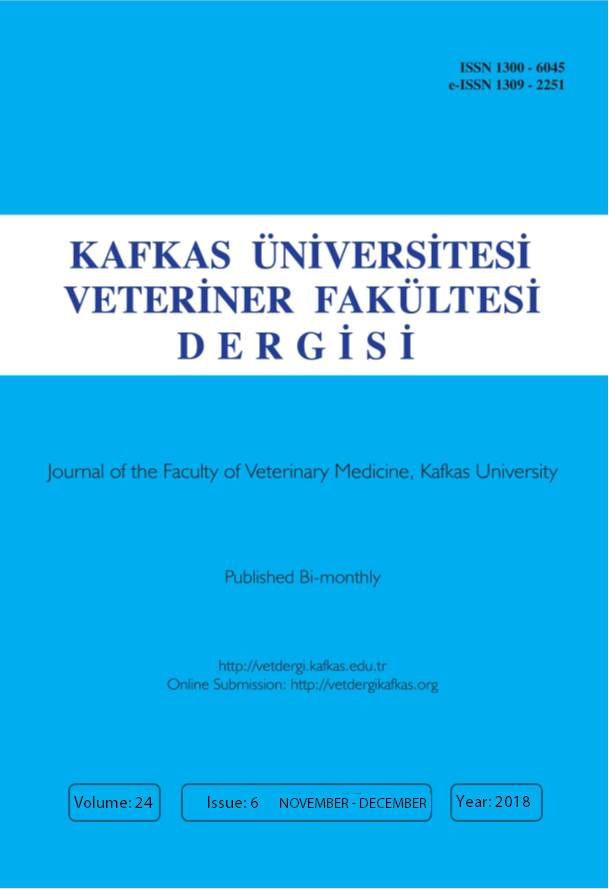
This journal is licensed under a Creative Commons Attribution-NonCommercial 4.0 International License
Kafkas Üniversitesi Veteriner Fakültesi Dergisi
2018 , Vol 24 , Issue 6
Whole Genome Sequencing of the Dzo: Genetic Implications for High Altitude Adaptation, Sterility, and Milk and Meat Production
1Key Laboratory of Animal Genetics and Breeding, State Ethnic Affairs Commission and Ministry of Education, Southwest Minzu University, Chengdu, CHINA2Qinghai Academy of Animal Science and Veterinary Medicine, Qinghai University, Xining, CHINA
3Institute of Animal Science and Veterinary, Tibet Academy of Agricultural and Animal Husbandry Sciences, Lhasa, CHINA DOI : 10.9775/kvfd.2018.20022 The Dzo, a hybrid between the domestic Yak and cattle found on the Qinghai-Tibetan plateau are commercially important owing to increased meat and milk production, as well as their adaptation to extremely high-altitude environments. To better understand the genomic architecture and adaptive capabilities of this unique domesticated hybrid, we performed whole genome resequencing and compared the genomic architecture and variation of the Dzo to its progenitors: the cattle and Yak. In total, 33.17 M single nucleotide variations (SNVs) were detected between the Dzo and cattle reference genomes. Even though the Dzo is known to be sterile, no genetic signatures associated with sterility were found on the Dzo Y chromosome. On the contrary, our results suggest that the autosomal DMC1 locus (Chromosome 5. 110729098. C>CT) plays a role in the sterility of Dzo, which warrants further exploration of its functions. We integrated the whole genome resequencing data of cattle and Yak to obtain candidate genes with a high degree of variation that might be associated with altitudinal adaptation. We found that the EPAS1 gene, which encodes hypoxia-inducible factor 2α, exhibited significant variation (Chromosome 11.28664187 C>T) between Yak and cattle, and may play a key role in the genetic basis of altitudinal adaptation. In addition, in analyzing differences between the Dzo, Yak, and cattle genomes, we uncovered several additional genomic signatures relevant to high altitude adaptation and meat and milk production. These findings underscore the need for further studies to improve ruminant stock for sustainable agriculture on the Qinghai-Tibet plateau. Keywords : Dzo: Genome sequencing, Dzo, Altitude adaptation, Sterility, Milk and meat production










